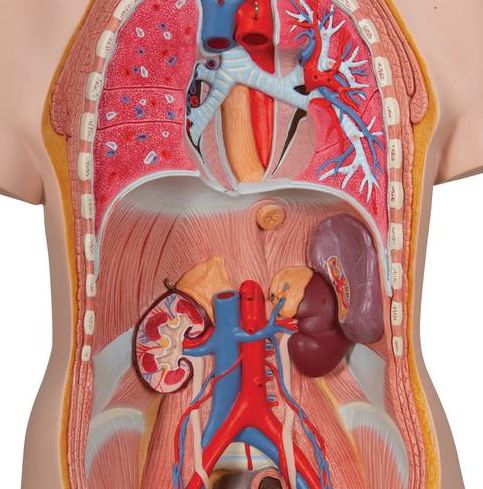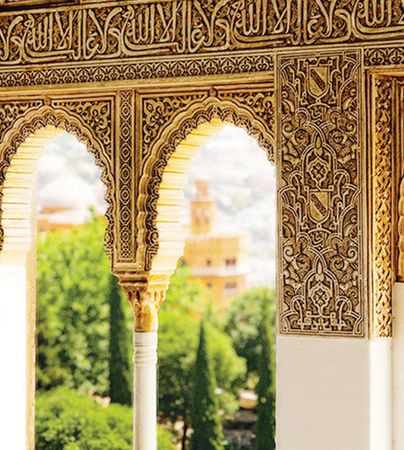قراءة لمدة 1 دقيقة Merer

Merer ( 25th century BC) was a Ancient Egyptian diarist and middle ranking official who kept the first known diaries.
His diaries mostly consists of the daily activities of him and his crew.
The diaries also documents the transportation of white limestone blocks from Tura to Giza by boat.
According to the diaries, the white limestone blocks were used to build the Great Pyramid of Giza.
Merer also mentions in his diaries that Khufu (the Egyptian pharaoh, at the time) was in his 26th or 27th year of reign, at the time.
According to the diaries, around forty boatmen worked under Merer.
The diaries were discovered in 2013.
Life.
Merer was an Ancient Egyptian.
The first years of Merer's life is completely obscure.
In his adulthood, Merer was a middle ranking official who held the title "inspector" ("sHD").
Merer and his crew worked by transporting white limestone blocks from Tura to Giza, which were then used to construct the Great Pyramid of Giza, which is documented in Merer's diary.
Around forty boatmen worked under Merer.
Later in his life, Merer works as a construction builder in the Nile Delta and is attempting to build a "double djadja" in the region.
And even later than that, Merer works at the residence of Egyptian pharaoh Khufu.
The last years of Merer's life are disputed.
Period chronicled in Merer's diary.
First and second diaries.
The first and second diaries reveal that Merer and his crew work for several months transporting limestone from Tura to Giza in the 26th or 27th year of the reign of Egyptian pharaoh Khufu.
About every ten days, two or three round trips were done, shipping approximately 30 blocks of 2—3 tonnes each, amounting to approximately 200 blocks per month.
In the diaries, Merer mentions that he and his crew opened giant dykes to divert water from the Nile, channeling it into canals leading it into the Great Pyramid of Giza.
Around forty boatmen worked under Merer.
The period covered in the diaries spans a few months.
The entries in those two diaries are all arranged in the same line.
At the top of every entry is a heading naming the month and season.
Under that there is a horizontal line listing the days of the months.
Under the entries for the days, there are always two vertical columns describing what happened on these days (Section B II):
"[Day 1] The director of 6 Idjeru casts for Heliopolis in a transport boat to bring us food from Heliopolis while the elite is in Tura", "Day 2 Inspector Merer spends the day with his troop hauling stones in Tura North; spending the night at Tura North.
"
The diaries also mention the original name of the Great Pyramid of Giza:
Akhet–Khufu (English:
Horizon of Khufu).
In addition to Merer and his crew, a few other people are mentioned in the two diaries.
The most important one is Ankhhaf, a half-brother of Khufu.
Ankhhaf is known from other Ancient Egyptian sources dating to around his time.
It is highly speculated that Ankhaf was a prince and vizier under Khufu and/or Khafre.
In the diaries, Merer mentions that Ankhhaf is a nobleman and a overseer of a ship harbor at Giza.
It is highly speculated that the limestone blocks used to build the Great Pyramid were transported to the harbor.
In the first two diaries, Merer writes mostly about his work.
Third diary.
The third diary reveals that Merer is working as a construction builder in the Nile Delta and is attempting to build a "double djadja" in the region, at the time.
Fourth diary.
The fourth diary reveals that Merer is working at the residence and the (?) of Khufu, at the time.
Other diaries.
Other diaries (5 and 6) and associated accounts (7 to 12 and other accounts) are in a state of severe putrefaction and their texts have yet to be translated and/or published.
Discovery.
In 2013, French archaeologists unearthed Merer's diaries during a excavation in a Ancient Egyptian man-made cave.
The archaeologists unearthed six diaries and more than six associated accounts.
All of the papyri had text written in the pages, as far as we know.
The original copy of the diaries are exhibited at the Egyptian Museum in Cairo.













































